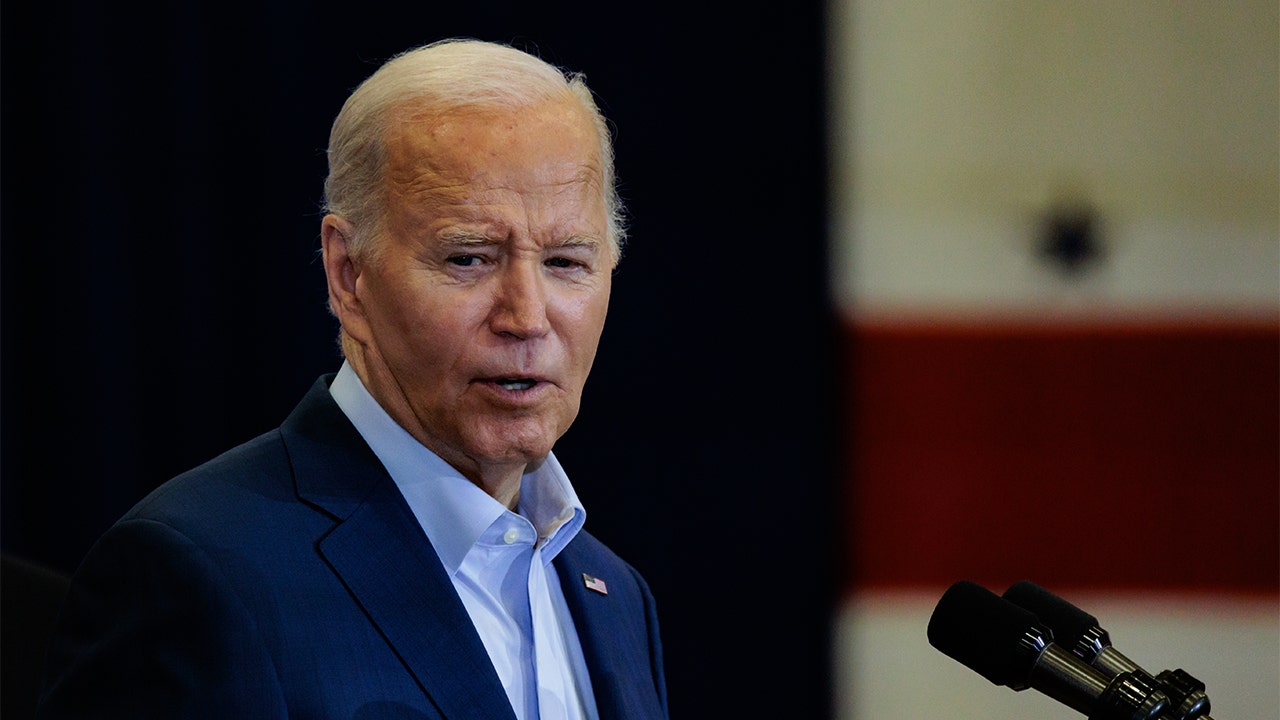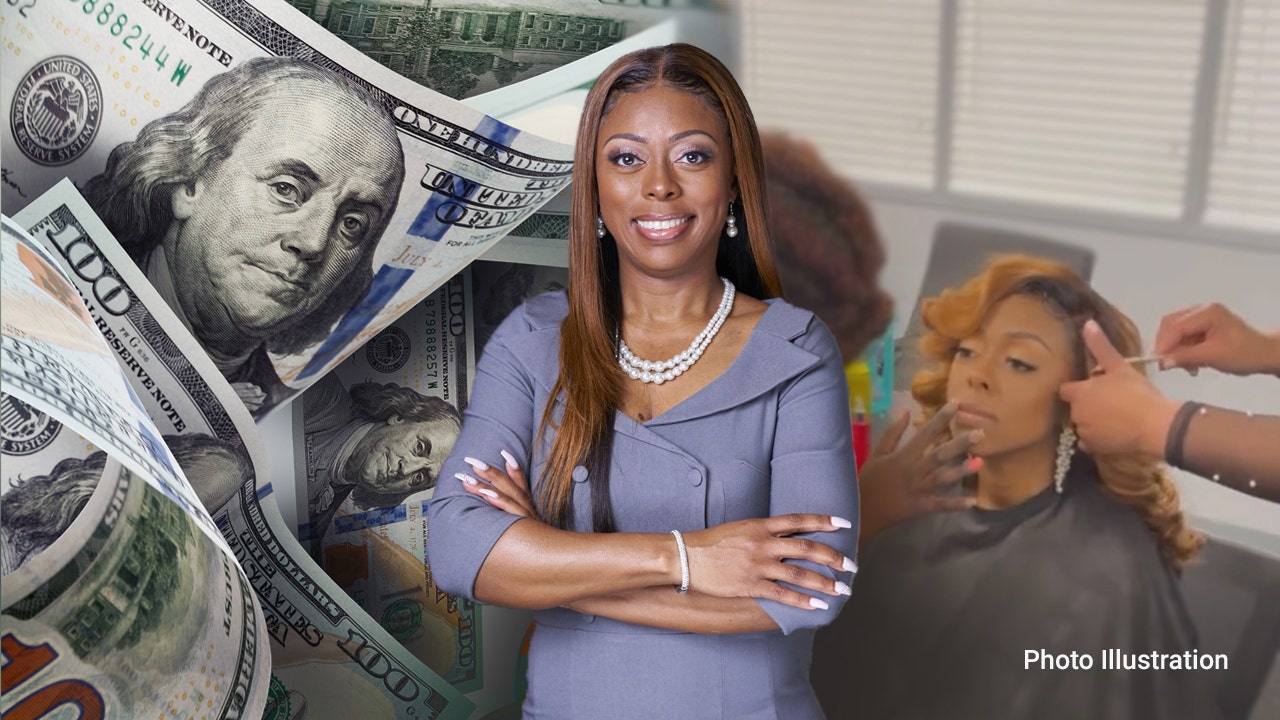Entertainment
Fashion model Peggy Moffitt has died
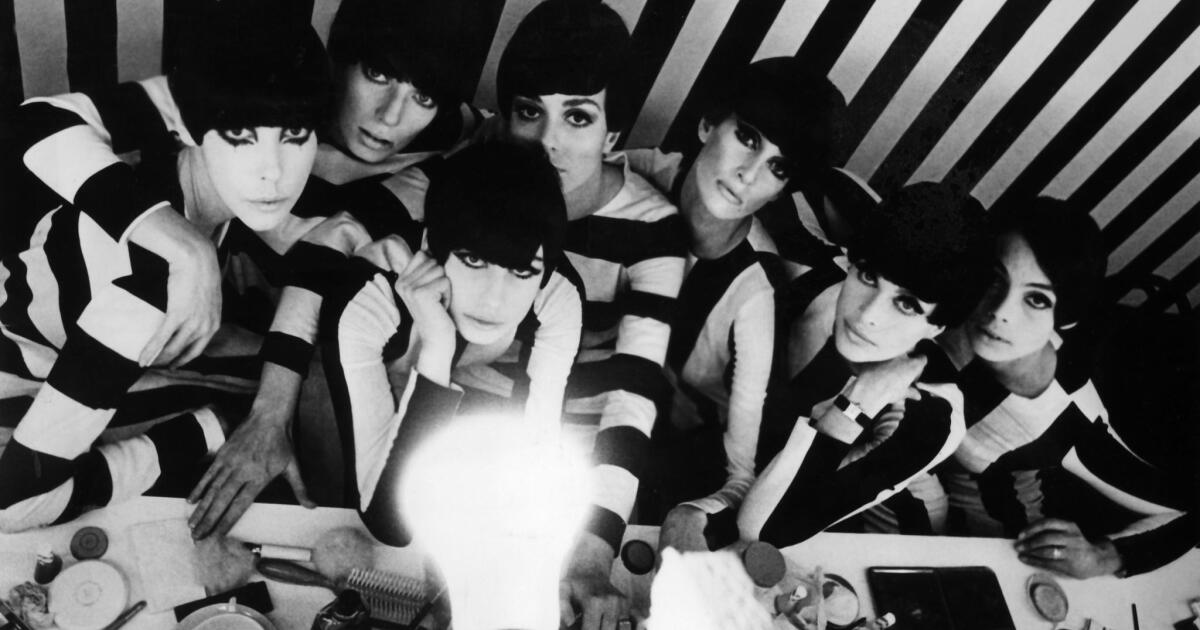
Peggy Moffitt, the L.A. fashion model whose Harlequin-like makeup and mime-inspired poses set her apart during the fashion free-for-all of the 1960s, has died at her home in Beverly Hills. She was 86.
Seemingly never out of vogue, Moffitt died Saturday from complications of dementia, her son, Christopher Claxton, told the New York Times.
As the muse of avant-garde designer Rudi Gernreich, she helped convey the futuristic themes of his collections with her unconventional style. She was known for her striking appearance, which included a mask-like white complexion, extended black lashes, black or bright colored eye shadows and an occasional sprinkling of daisies, teardrops or silver triangles on her cheeks.
Her haircut, a short geometric shape by Vidal Sassoon, added to her stylized look, which became an embodiment of the ’60s. She maintained the look long after her modeling career ended.
Moffitt caused a fashion sensation in 1964 when she posed in a topless swimsuit Gernreich designed. It was a racy variation on a schoolboy’s shorts, with suspenders rising between the cleavage. The suit was condemned by the Vatican, the Kremlin and the governments of the Netherlands, Denmark and Greece.
“I agreed to do it only when I finally believed that Rudi wasn’t exploiting me,” Moffitt said. “There really was a message and that message was ‘freedom.’”
Moffitt struck a shy schoolgirl pose before the camera as her husband, William Claxton, a well-known commercial photographer, took the picture in their living room. Several magazines requested something less revealing and Claxton took a second image, this time from the back. One or the other photograph appeared in newspapers and magazines around the world.
The following year, 1965, Moffitt posed in another bold Gernreich invention, a sheer “no-bra” with minimal structure that defied the padded underwear of the 1950s.
“In those days if a model was photographed in lingerie, that was it, she was definitely B-team,” Moffitt told the London Independent newspaper in an interview in 1992.
Richard Avedon, a top photographer for Vogue magazine, was hired to take the picture and Moffitt agreed to pose. “My teenage dream was to have a swimming pool and to work with Avedon every day,” she later confessed.
Her early modeling risks paid off. During Gernreich’s comet ride through fashion’s memorable decade, Moffitt was the free spirit at his side.
“Peggy Moffitt was the epitome of the muse,” said Patty Fox, a former fashion director for Saks Fifth Avenue. “Someone who not only inspired a certain designer but was identified with his work and became a lifelong friend.
“You can’t compare her to supermodels,” Fox said. “They are classically beautiful. She had a look. She created it and stayed with it, something more artificial than natural. She pushed it over the top.”
Moffitt’s distinctive appearance and manner made strong impressions.
“I was told I couldn’t model by every tacky editor and photographer in the world,” Moffitt told author Joel Lobenthal for his book “Radical Rags: Fashions of the Sixties.” Moffitt‘s answer was that she wanted to invent a new way of modeling that raised “the possibility of it being a new art form.”
In carefully planned fashion shows, she changed her attire to suggest first a “Japanese school girl,” then a “Chinese opera star,” among other roles.
“I entertained myself and the audience by regarding the collection as a play, with each outfit a new act or a new character,” Moffitt wrote in “The Rudi Gernreich Book,” which she and Claxton released in 1991. “That meant … drama, jokes, tension and slapstick. I really didn’t model the clothes so much as perform them.”
By the mid-1960s her face and Gernreich’s fashions were inseparable. “We were like Tweedledum and Tweedledee, Gilbert and Sullivan, ham and eggs,” she said. They hardly bothered to explain new ideas to each other. “We just knew,’’ Moffitt said. “We became one entity.”
Born in Los Angeles in 1937, the only child of film reviewer and writer Jack Moffitt, Moffitt traced her interest in extreme fashion and makeup to her high school years at the Marlborough School in Los Angeles. Students were required to wear uniforms and forbidden to wear lipstick. ‘’Perhaps therein lies the key to what came next,” she told the Independent in 1992.
At 17, she worked after school at Jax, a Rodeo Drive boutique that carried designer brand clothes including some by Gernreich. But she planned to be an actress, not a fashion model. She graduated from school and went to New York City, where she studied acting at the Neighborhood Playhouse for two years. Back in Los Angeles she got small parts in several movies, including “You’re Never Too Young” with Jerry Lewis in 1955 and “The Birds and the Bees” with David Niven and Mitzi Gaynor in 1956.
She met Claxton when he was on assignment photographing an actor friend of hers. They were engaged within a few months and married within the year.
Gernreich, Moffitt and Claxton worked to create fashion photographs that were instantly identified with Gernreich’s designs. One of the best known shows Moffitt wearing a stretch knit swimsuit with fencer’s visor and tall boots. In another she wears a mini-dress with clear vinyl stripes that expose bits of her midriff and thigh. The white seamless background in the photos kept the attention on Gernreich’s creations and Moffitt’s evocative poses.
She continued testing new ways to mix fashion and theater. “I’ve got 47 seconds to knock them into Peggy-land,” Moffitt told The Times in 1967. She had recently modeled in a fashion show that ended with her playing mad Ophelia from Shakespeare’s “Hamlet.” Dressed in a mini-wedding dress by Gernreich, she entered mumbling and staring and ended by screaming as she ran out of the room. “I’m a Method actress at heart,” she explained.
Her modeling style didn’t set trends but Twiggy, London’s waif-like teenage supermodel, credited Moffitt with influencing her. “She taught me how much more a model puts into her work than just a pretty face,” Twiggy wrote in “Twiggy: An Autobiography.” “She consciously controlled the sort of shape she presented to the camera.”
Moffitt admitted her close association with Gernreich came with its limitations. “People thought we were joined at the hip,” she told the Independent in 1992. “It was essential to separate from time to time.”
In the mid-1960s Moffitt and Claxton began spending more time in Europe than Los Angeles. He had photography assignments in London and Paris. She modeled and got a small part in “Blow Up,” the 1966 film classic about the British modeling scene, directed by Michelangelo Antonioni.
In the early 1970s they returned to Los Angeles where their only child, Christopher, was born. Moffitt is survived by her son. Claxton died in 2008.
She continued working with Gernreich. That, and her distinctive appearance, limited her options. When Gernreich died in 1985, Moffitt quit the fashion scene.
Decades after she first posed in Gernreich’s styles, the A-line minidresses of that time made a fashion comeback. Moffitt said in interviews that she hoped to find investment partners, reproduce Gernreich’s designs and put her name on the label with his.
“I said to the trademark office that my physicality is representative of Rudi in the way that Mickey Mouse represents Walt Disney,” she explained in a 1998 interview with Vanity Fair magazine.
Even late in life, Moffitt never stopped wearing Gernreich’s designs. She owned more than 300 pieces, some of which were featured in 2012’s “The Total Look,” an exhibition at the Museum of Contemporary Art at the Pacific Design Center, which explored her creative collaboration with Gernreich.
She owned the legal rights to all of the late designer’s creations and had hoped to relaunch the Gernreich brand.
“That I am still wearing his clothes 50 years later is as good a recommendation for someone’s talent as any,” she told The Times in 2013. “The times have changed, but his clothes still hold up for the way we live today.”

Movie Reviews
‘Blink Twice’ Review: Channing Tatum and Naomi Ackie in Zoë Kravitz’s Skillful but Scattered #MeToo Thriller

Early in Zoë Kravitz’s charged but scattered directorial debut Blink Twice, a tech tycoon caught in the storm of controversy offers a familiar kind of apology. After “everything that happened,” Slater King (Channing Tatum) says in a video, the billionaire will step back from his company. He regrets his actions and, in an effort to change, will retreat to his private island for reflection. We never find out exactly what Slater did, but in our digital wasteland littered with similarly scripted #MeToo atonements, it doesn’t take much imagination.
Frida (an excellent Naomi Ackie) seems unbothered by the allegations surrounding Slater or the feigned sincerity of his recorded remorse. When we meet the optimistic aspiring nail designer, she’s sitting on the toilet of her rundown apartment, watching the video of the beleaguered tycoon with adoring eyes, fantasizing about the day the two might meet.
Blink Twice
The Bottom Line Ackie and Arjona steal the show.
Release date: Friday, Aug. 23
Cast: Naomi Ackie, Channing Tatum, Christian Slater, Simon Rex, Adria Arjona, Kyle MacLachlan
Director: Zoë Kravitz
Screenwriters: Zoë Kravitz & E.T. Feigenbaum
Rated R,
1 hour 42 minutes
It’s lucky, then, that the next evening, while working as a waitress at a fundraising event, Frida comes face to face with Slater. Their encounter is clumsy but electric — a meet-cute fit for a romantic comedy. She trips on the hem of her dress; he helps her up and holds her gaze. Later that night, as the party thins, Slater asks Frida to fly with him and his crew to his private island. She eagerly accepts the invitation and conscripts her best friend and roommate Jess (Alia Shawkat) to come along.
If Triangle of Sadness, Glass Onion and The Menu have taught us anything, it’s that a group of strangers in a secluded locale spells trouble. Kravitz, who co-wrote the screenplay with E.T. Feigenbaum, quickly establishes Blink Twice as both social satire satire and horror, yet balancing the two proves to be more challenging as the narrative revs up.
There are no cellphones allowed on Slater’s island. The people on staff, like those in Jordan Peele’s Get Out, wear forced smiles that merely pronounce their vacant stares. Luggage is unnecessary as matching white linen sets are provided for the islanders. Drinks flow, drugs abound and each evening’s dinner is prepared by Slater’s friend, Cody (Simon Rex), using locally farmed produce and served by candlelight. These scenes are sun-kissed and dreamy, facilitating the otherworldly mood of this tropical island.
Unlike recent eat-the-rich offerings, Blink Twice is only partially about ultra-wealthy bacchanalia. Soon after they arrive, Frida notices strange occurrences on the island. A maid (María Elena Olivares) repeats odd phrases to her; Jess disappears, and Frida realizes her memories are an increasingly patchy assemblage of images. Why can’t she recall the origin of random bruises or the dirt under her fingernails? A similar thing seems to be happening to other women on the island, including Sarah (Hit Man‘s Adria Arjona, excellent), a former contestant on a Survivor-like reality show with whom Frida competes for Slater’s attention.
Kravitz is primarily interested in sexual violence against women and the psychic toll of trauma. Her film echoes Emerald Fennell’s Promising Young Woman, except Kravitz delivers on gore. Vengeance here is, thrillingly, more than an abstraction. There’s also a drifting effort to investigate the simultaneous invisibility and hyper-visibility of Black women, especially early in the film when Frida is at work, but that is disappointingly subsumed by later action.
As Frida makes sense of these bizarre incidents, she stumbles upon nightmarish truths about Slater’s island; Blink Twice ends up abandoning pretenses of social satire to revel in the machinations of horror. Kravitz, working with DP Adam Newport-Berra (The Last Black Man in San Francisco), reinscribes earlier idyllic images of the island with a touch of malevolence, and turns the coniferous enclave into a haunted arena of fatal obstacles.
There are a few moments when Blink Twice’s busy narrative — stuffed with twists and turns as it trails Frida’s gripping quest for survival — and its slippery visual language coalesce to realize Kravitz’s ambitions. But Blink Twice is ultimately too scattered, stretched thin by the demands of its weighted themes, conspicuous imagery, half-baked plot points and partially realized characters.
If Blink Twice succeeds to the extent that it does, that’s largely thanks to a handful of striking performances. Tatum delivers a sturdy turn in a role that requires him to find subtler ways to wield his charm. But it’s Ackie and Arjona who really focus and energize the film. Ackie, who played Whitney Houston in Kasi Lemmons’ 2022 biopic, is a force, offering a powerful portrayal of a woman collapsing under the weight of her trauma. Her performance is raw and vulnerable, extending an invitation to understand the depths of Frida’s character despite the thin sketch.
Alongside Arjona, Ackie also builds a portrait of strength. The relationship between Frida and Sarah models and tests familiar dynamics between women, from petty jealousies to empowering alliances. It’s a credit to Ackie and Arjona that Frida and Sarah’s reactions to the reality of their ordeal register as genuine. Their curdling screams chill spines, their tears stir. The two actors don’t just explore the rage fueling Blink Twice; they tap into it.
Movie Reviews
Pilot is a Korean cross-dressing comedy that takes on gender imbalance

4/5 stars
Men masquerading as women have been central to some of the most celebrated comedies of all time, from Some Like It Hot to Mrs Doubtfire. But in the current climate, where trans rights are at the forefront of sociopolitical discussions the world over, is there still a place for a broad, cross-dressing comedy?
On the basis of Kim Han-gyul’s Pilot, the answer is a resounding yes, a sharp tactful comedy that identifies precisely where its premise might be deemed problematic today, and tackles those issues head on.
His world comes crashing back down to Earth, however, when a drunken sexist outburst is leaked online. Jung-woo is fired by the airline, his wife leaves him despite having a young son together and he is branded a pariah by the entire industry.
All seems lost until his sister Jung-mi (Han Sun-hwa), an aspiring online makeover artist, helps transform Jung-woo into a woman.
As determined young aviator “Han Jung-mi”, he applies to a rival airline and is immediately hired by its owner (Seo Jae-hee), who sees this ambitious young woman as the perfect face for her own devious business plans.
Jung-woo’s merry misadventures in drag lead to an endless procession of familiar gags, from numerous wardrobe malfunctions and using the wrong bathrooms to fending off the advances of male colleagues, all of which Jo handles with delightfully flustered aplomb.
While the plot hews dangerously close to 1982’s Oscar-winning Tootsie, Pilot comes into its own when highlighting its stacked cast of sharply realised female characters.
Lee Joo-myoung is excellent as fellow pilot Seul-ki, who is determined that she be respected for her aptitude rather than her looks, but whose growing friendship with new colleague “Jung-mi” might go further than she anticipates.
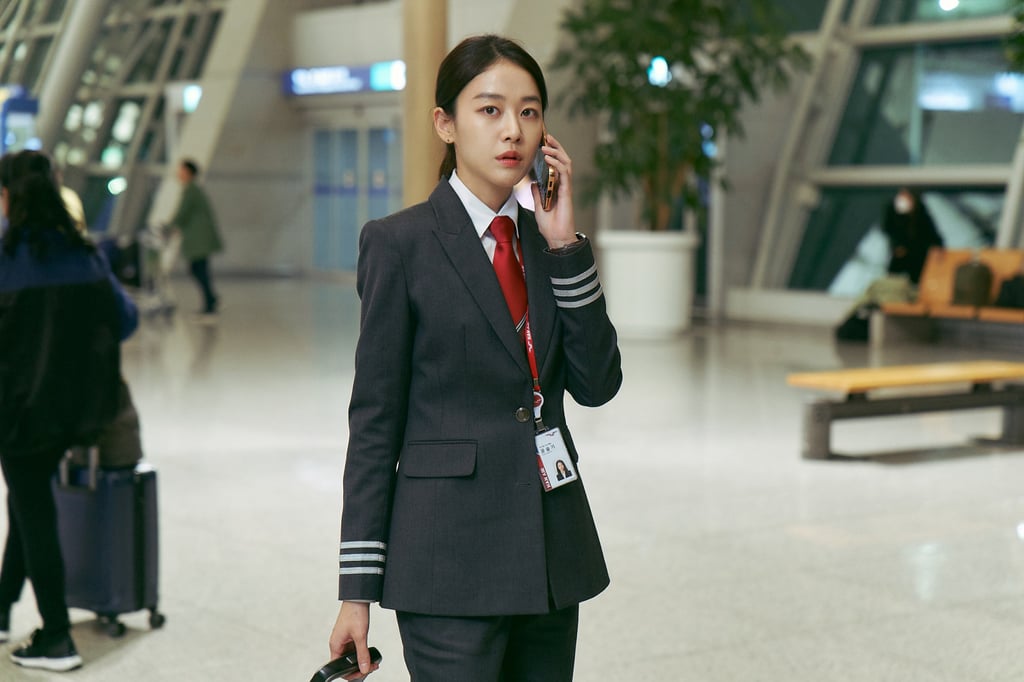
Former Secret girl group member Han Sun-hwa delivers comedy gold as Jung-woo’s sister and confidante, not least in a hilarious scene when she gets drunk and emotional at their mother’s birthday party.
Seo Jae-hee and Oh Min-ae (as Jung-woo’s mother) also help ensure that Jung-woo is perpetually surrounded by strong capable women every bit his equal, if not better.
Pilot is less a tale of deception than one of upending the status quo and highlighting a gender imbalance that persists even in this alleged era of unprecedented progressiveness. That it is also hilarious throughout only helps lift the film to greater heights.
Entertainment
Hiro Murai drops the cocky confidence and cool gadgets to take on the spy genre
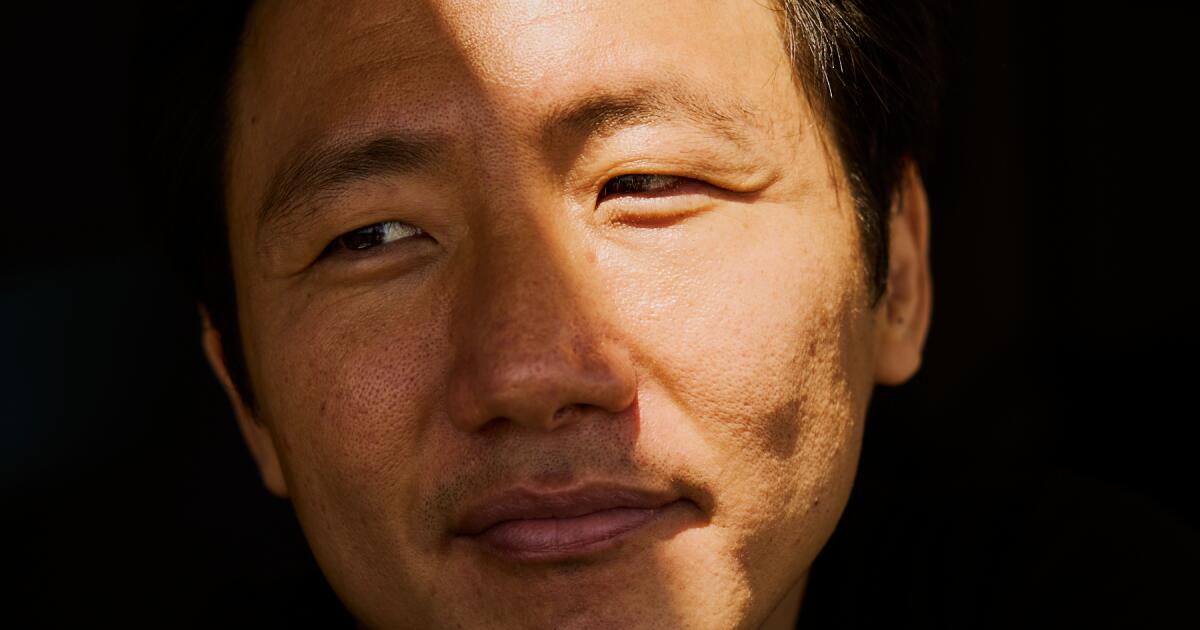
“Do you want to kiss me? Not as dogs this time, just actually…” That’s Maya Erskine as Jane, who’s ready to renege on the “no romance” agreement made earlier with her faux-husband, John (Donald Glover), in “Mr. & Mrs. Smith.” But that was before the semi-amateur spies accidentally killed John Turturro’s billionaire character after he subjected them to his dog fornication fetish. Now, Jane and John forget their platonic vow and go for it, silhouetted against a candy-colored TV cartoon blaring zanily in the background.
It’s an inventive piece of staging from Hiro Murai, Emmy nominated for directing the pilot of Prime Video’s “Mr & Mrs. Smith.” (Murai also earned nominations as an executive producer of both “Smith” and “The Bear.”)
Speaking from his Silver Lake home, the USC-educated filmmaker, whose previous Glover collaborations include “Atlanta” and the Childish Gambino music video “This Is America,” talks about mastering the sad comedy/funny drama TV space to build a millennial-friendly take on what it means to be a spy in 2024. (He also explains what happens when a spy cat goes rogue.)
“Mr. & Mrs. Smith,” officially a drama, has a lot of comedy. Do you like to mix and match when it comes to tone?
What I think is most interesting in a TV show is the in-between-ness of genres, so I’m very mindful of subverting expectations in anything we make. For “Mr. & Mrs. Smith,” the expectation going in is probably the Brad Pitt-Angelina Jolie high-octane popcorn movie. We tried to figure out, “How do we take what is inherently unrelatable about the spy genre and make it, you know, something you can hold?” Me, Fran [co-creator Francesca Sloane], Donald, Maya — we’re all kind of the same age, so we have a similar point of view on millennial adulthood and what being coupled up feels like at our age. In that way, “Mr. & Mrs. Smith” became a study of modern intimacy.
Seeing the classic spy genre as unrelatable because …
Because I think the spy genre is a sort of wish fulfillment about highly capable people who are equipped with gadgets and conduct themselves effortlessly. My experience of adulthood is not that. It’s a very effortful affair. [Laughing.] The core crux of our show became, “OK, you’re cosplaying as capable adults, but really you’re insecure and pretending to be something you’re not.”
“The core crux of our show became, ‘OK, you’re cosplaying as capable adults, but really you’re insecure and pretending to be something you’re not,’” says Hiro Murai.
(David Lee/Prime Video)
How did you configure the visual language for “Mr. & Mrs. Smith”?
It’s a story about two lonely strangers forced into a marriage and occupying this big brownstone mansion, so the image that immediately came to us was two cats trying to sniff each other out in the same house. I naturally gravitated to [framing] John and Jane as small figures inside this opulent, cold space where the only place they can find human connection is with each other. Especially in the pilot, it’s a subtle game of push and pull where our characters are trying to get closer while not revealing themselves too much.
“Mr. & Mrs. Smith” includes a mission for each episode, but there are no real villains, no visible boss, no higher cause. Why was that kind of plot left out?
Much of the fun, for me, was to show how little John and Jane know about their job. Who’s ordering them around? Why? Fran and I talked early on about this Japanese show we like called “Terrace House,” about people moving into an empty house. We realized the whole conceit for “Mr. & Mrs. Smith” almost feels like a reality show. John and Jane have been randomly selected; they have no idea why they’re doing what they’re being asked to do, they’re probably being observed — there’s something scary and absurd about their living situation, so it just felt right to lean into the paranoia and limit our characters’ understanding of what’s happening to them.
And then there’s the cat, “Max,” who shows up in the first episode and almost makes it to the end. Were you working with a well-trained cat-actor?
[laughing]. It’s never easy because animals don’t know they’re in a TV show. One time the cat escaped and ran underneath our set, so we were basically shut down for an hour while the animal wrangler crawled around trying to find him. [Guest stars] Paul Dano and John Turturro were both there that day, so we all just sat in the living room set listening to scratching [sounds] underneath.
How did it feel when you wrapped production on Season 1?
It was gratifying because, initially, we didn’t really know what the outcome was going to look like. We knew the people involved were interesting and we knew the spy genre wants to be snappy, where they say all the right things at the right time. Part of the prompt for us was to find two bumbling “normies” in this world and show a clumsy reality to the way John and Jane interact, which seems more meander-y and less presentational. To see this elaborate experiment play out with collaborators you trust — I feel very fortunate.
-
News1 week ago
The ‘Blue Walz’: How a low-key Midwestern governor shot to the top to be Harris’ VP pick | CNN Politics
-

 Movie Reviews1 week ago
Movie Reviews1 week agoTwisters movie review: no winds of change blowing here – FlickFilosopher.com
-
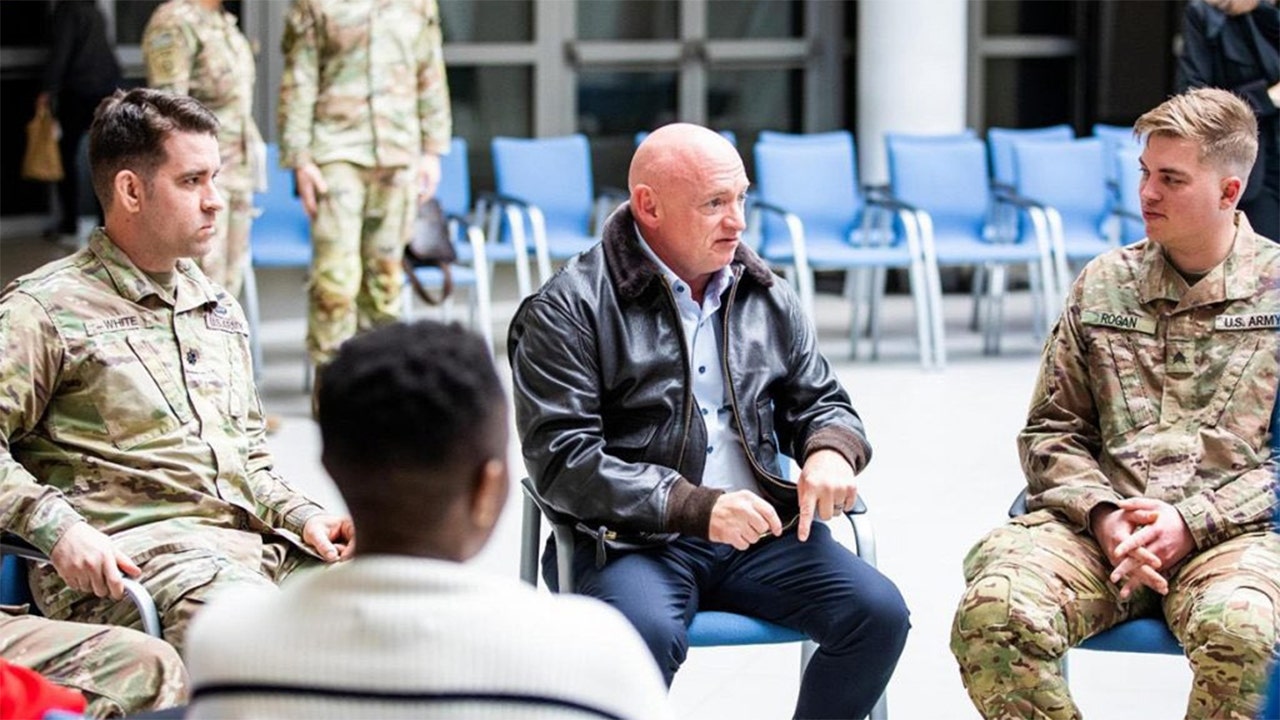
 Politics1 week ago
Politics1 week agoMark Kelly posts cryptic message amid Kamala Harris veepstakes speculation
-
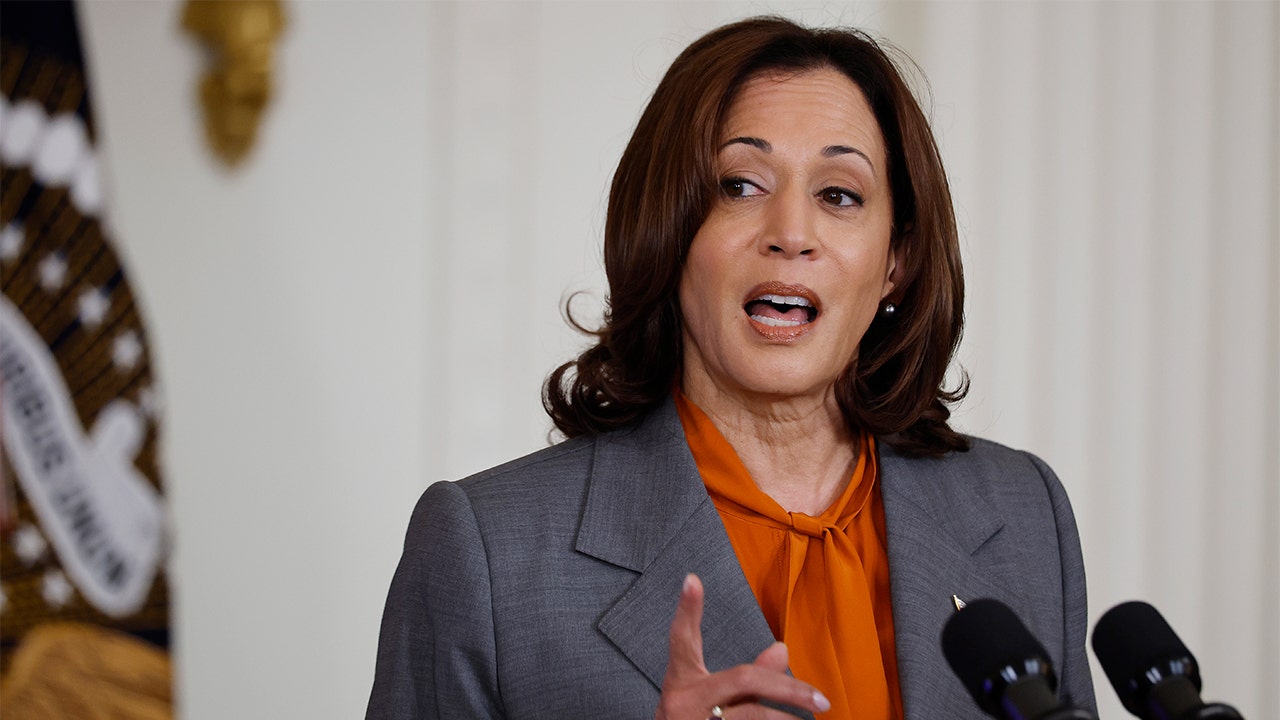
 News1 week ago
News1 week agoKamala Harris holding rally in Pennsylvania to introduce running mate after securing Democratic nomination
-

 World1 week ago
World1 week agoVenezuela launches probe against opposition leaders Gonzalez, Machado
-
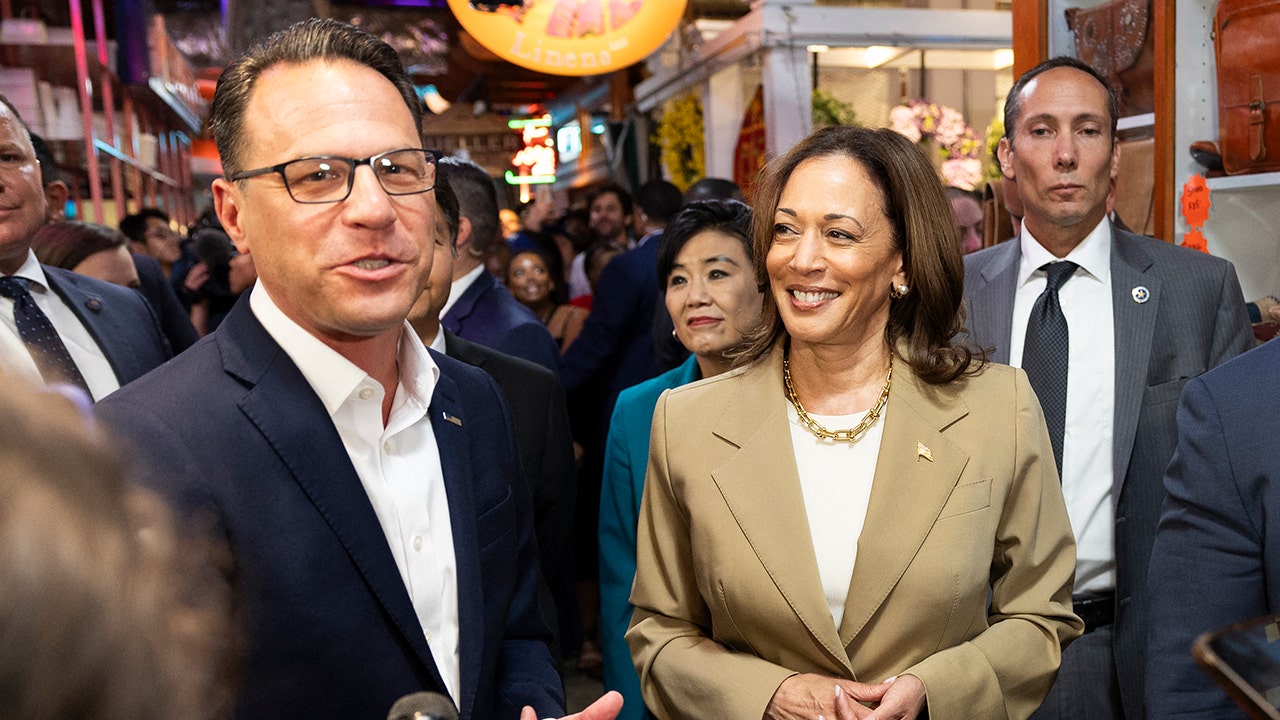
 Politics1 week ago
Politics1 week agoHarris VP search comes down to the wire, with Dems divided over Shapiro, Walz, Kelly
-

 World1 week ago
World1 week agoAt Israel’s ‘Guantanamo Bay’, protesters defend soldiers accused of abuse
-
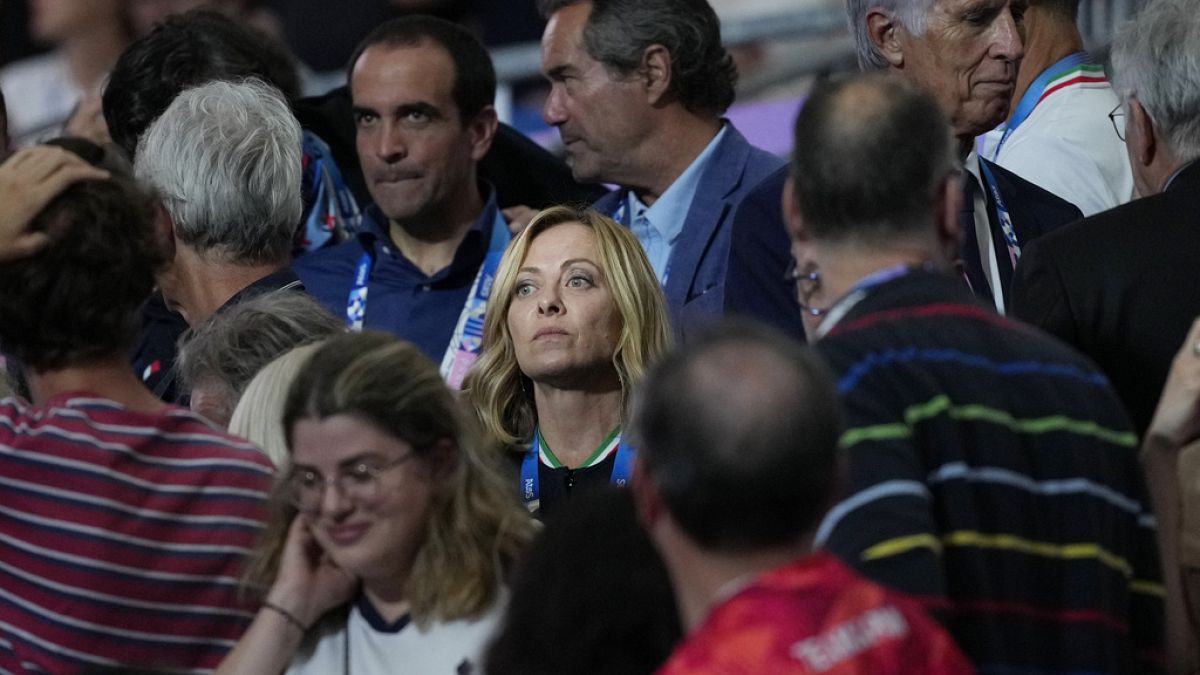
 World1 week ago
World1 week agoEU Commissioner and RAI top management: A sticky August for Meloni











